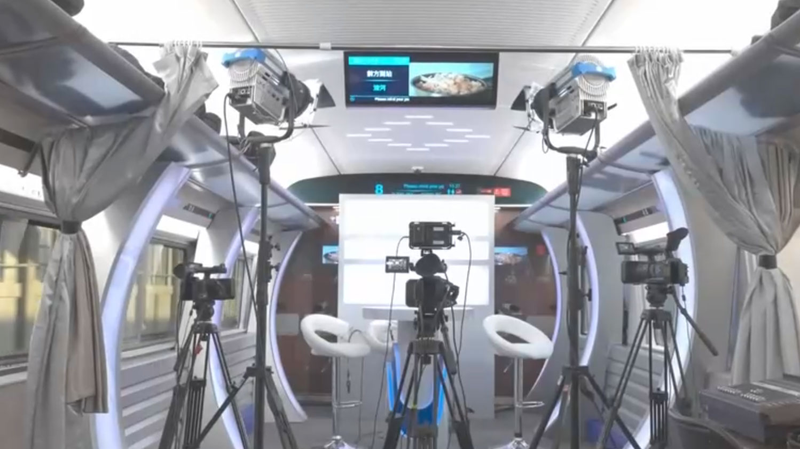November 8 marks X-ray Day, also known as World Radiography Day, commemorating Wilhelm Conrad Röntgen's groundbreaking discovery of X-rays 129 years ago. Röntgen's pioneering work, including the first X-ray photograph of his wife's hand, revolutionized medical diagnostics by enabling the internal view of the human body without surgery.
In recent advancements, Dr. Wang Zhenchang, a distinguished member of the Chinese Academy of Engineering, has led his team in developing a bone-specific computed tomography (CT) scanner with unprecedented ultra-high resolution, achieving up to a 50-micron level of detail. This significant leap in imaging technology enhances the ability to diagnose and treat various medical conditions with greater precision.
High-resolution imaging plays a critical role for radiologists, as improved resolution not only aids in the detection of lesions but also facilitates early diagnosis, which is essential for effective intervention and better prognoses. Dr. Wang emphasized the importance of medical imaging in early detection, particularly for cancer cases where timely intervention can significantly alter patient outcomes.
Medical professionals utilize a range of imaging options based on symptoms and examination objectives. For example, computed tomographic angiography or ultrasound vascular scans are recommended for atherosclerosis, while magnetic resonance imaging (MRI) provides clearer and more detailed views of brain tissue.
Looking ahead, the integration of artificial intelligence (AI) into medical imaging is set to further enhance diagnostic accuracy and streamline clinical workflows. Dr. Wang noted that AI-driven algorithms have the potential to assist in identifying anomalies, ensuring patients receive timely and precise diagnoses.
The future of medical imaging continues to evolve, promising even greater advancements in healthcare diagnostics and treatment.
Reference(s):
Health Talk: Medical imaging offers 'X-tra' insight into bodies
cgtn.com



